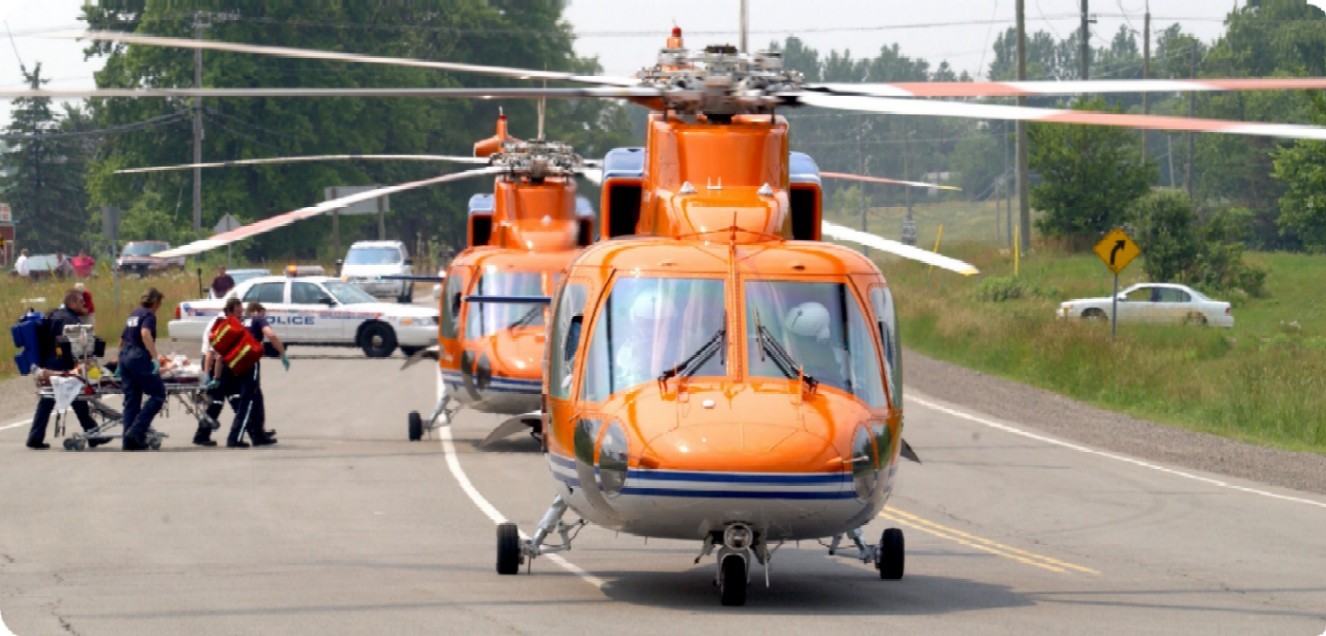Journal Club Summary
Methodology Score: 3.5/5
Usefulness Score: 2.5 /5
Sperry JL, et al. N Engl J Med. 2018 Jul 26;379(4):315-326.
Question and Methods: Determine the efficacy of prehospital plasma compared with standard-care resuscitation in injured patients at risk for hemorrhagic shock during air medical transport to level 1 trauma centre
Findings: Mortality at 30 days was 23.2% in the plasma group and 33.0% in the standard care group (difference −9.8%, 95% CI −18.6 to −1.0; P=0.03)
Limitations: Study limited to air medical transport and urban setting only. Significant logistical limitations of providing plasma during transport. Open-label study.
Interpretation: This study demonstrated that the administration of 2 units of thawed universal donor plasma to severely injured patients at risk of hemorrhagic shock has a significant reduction in mortality.
Epi Lesson
The NNT concept was created by: Canadian Clinical Epidemiologist Dr Andreas Laupacis in 1988 to quantify the benefit of a new intervention. NNT is the average number of patients who need to be treated to prevent one additional bad outcome (e.g. the number of patients that need to be treated for one to benefit compared with a control in a clinical trial). It is easily calculated as the inverse of the absolute risk reduction (1/ARR). The higher the NNT the less effective the treatment.
By: Dr. Jeff Perry


